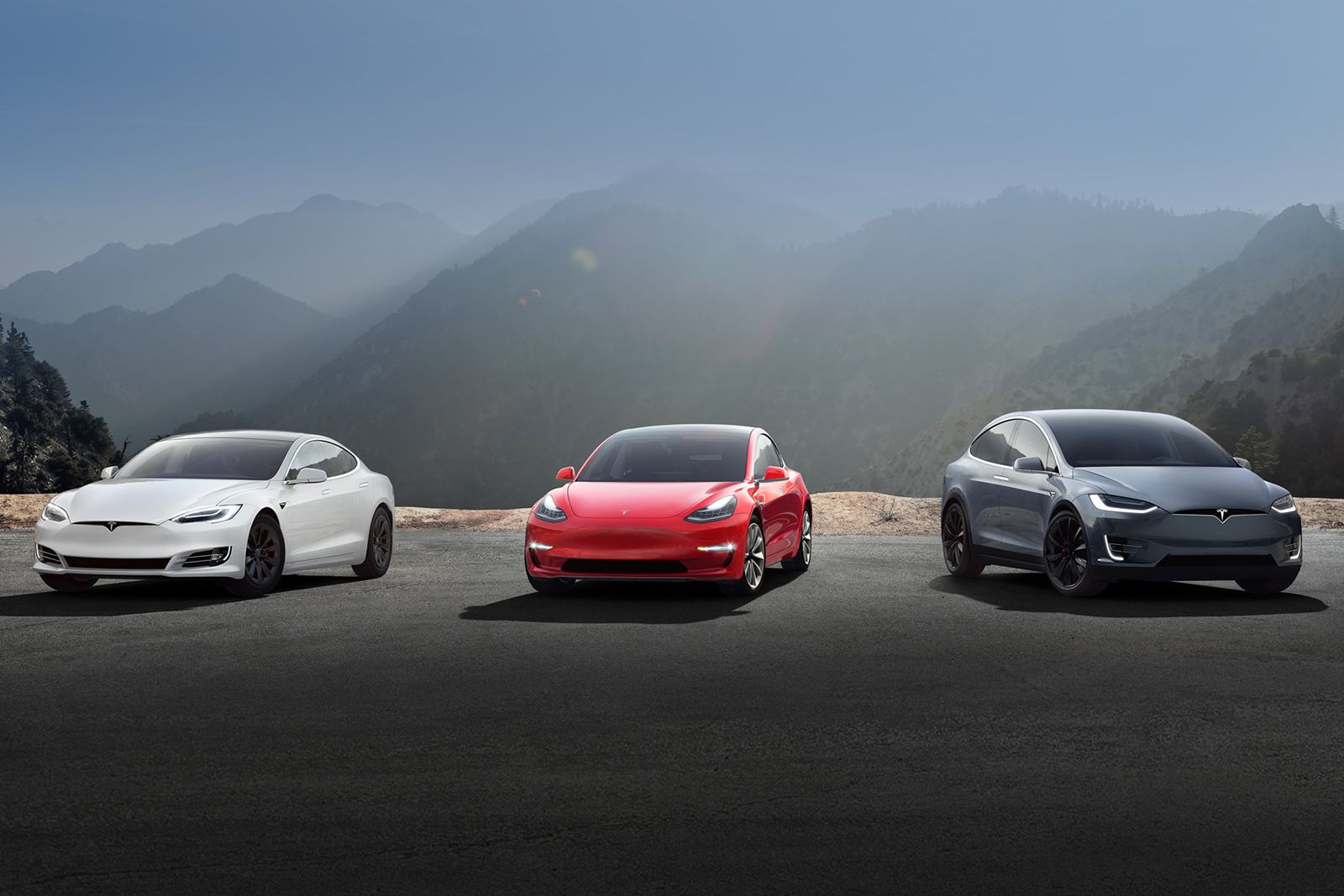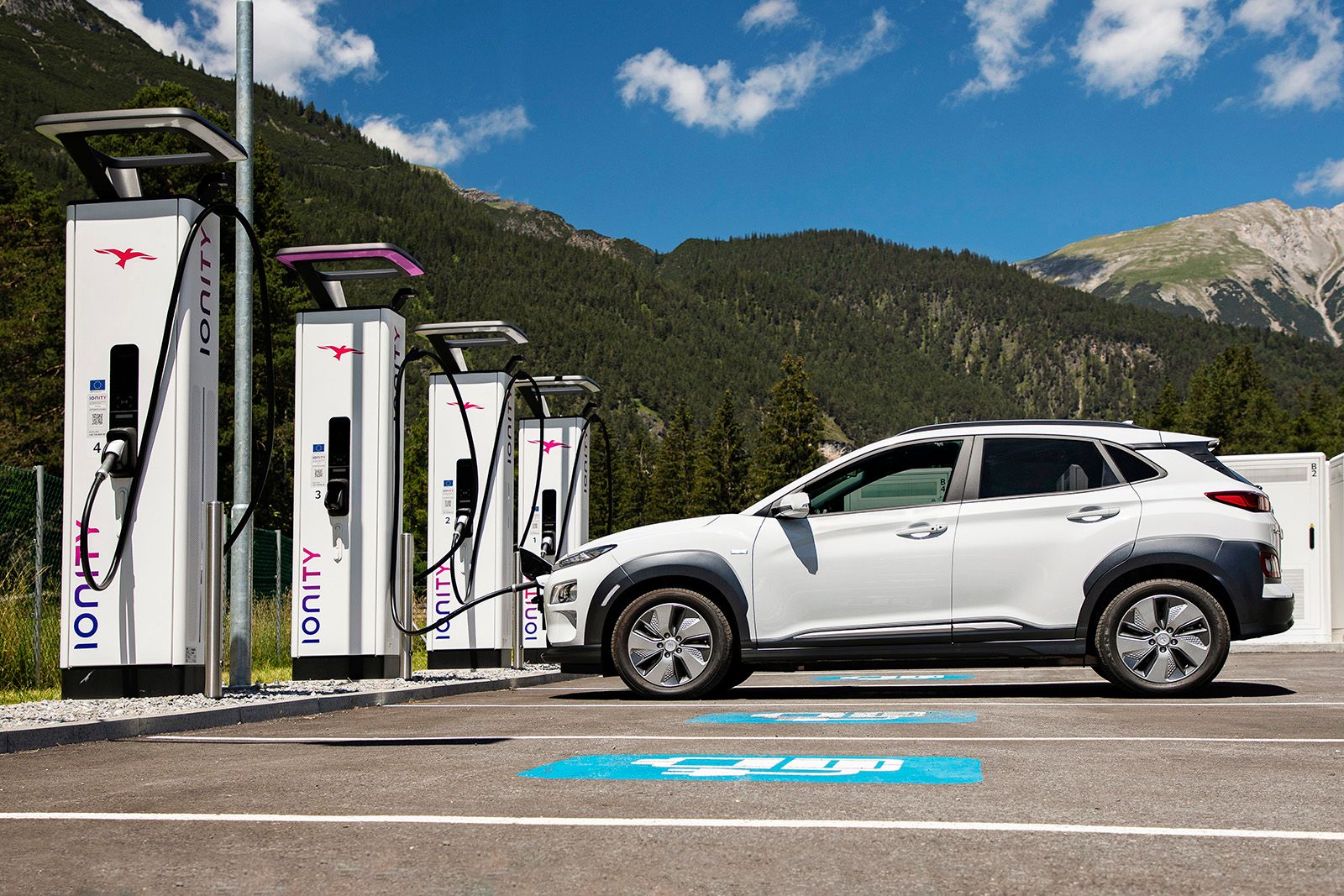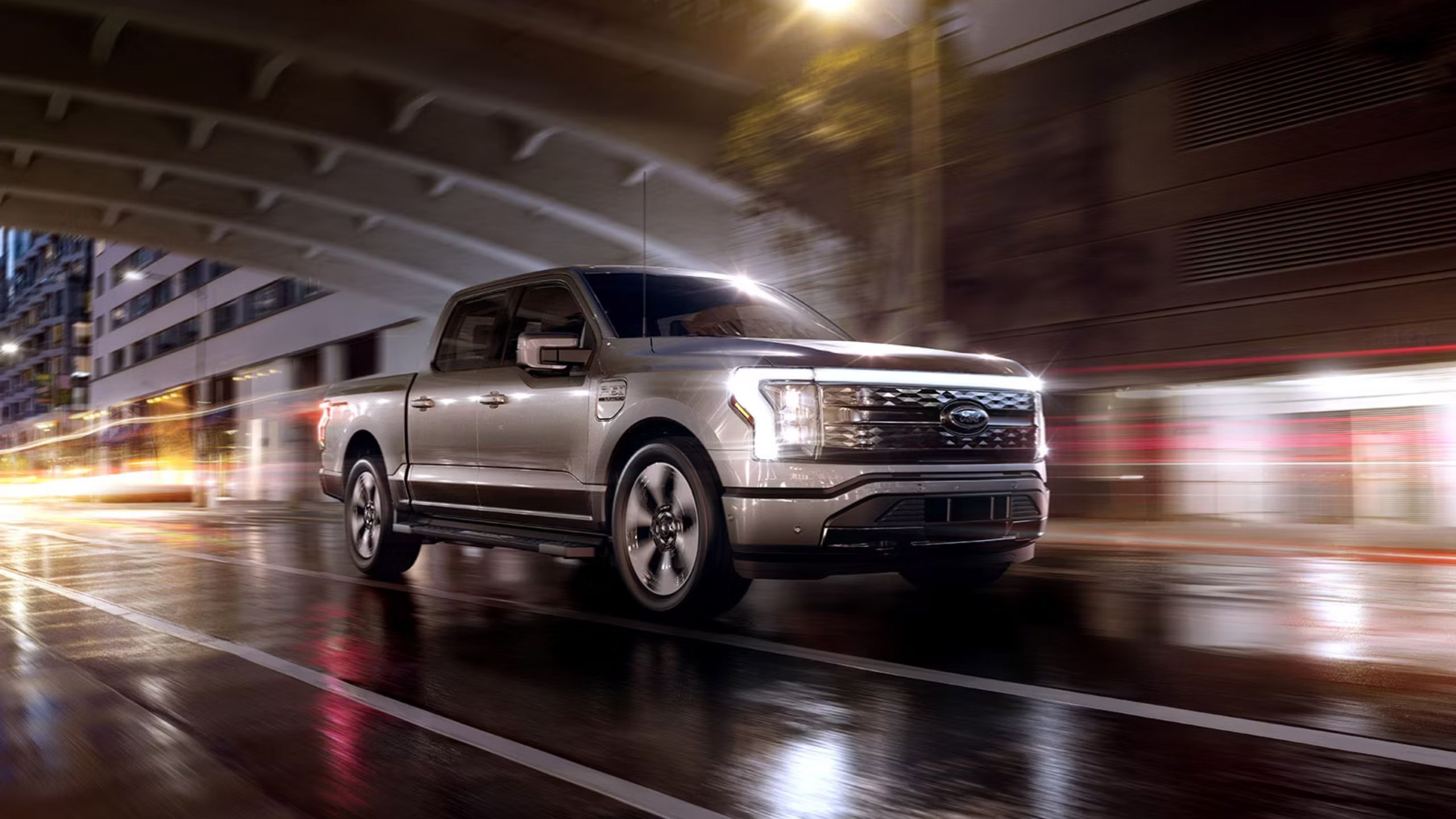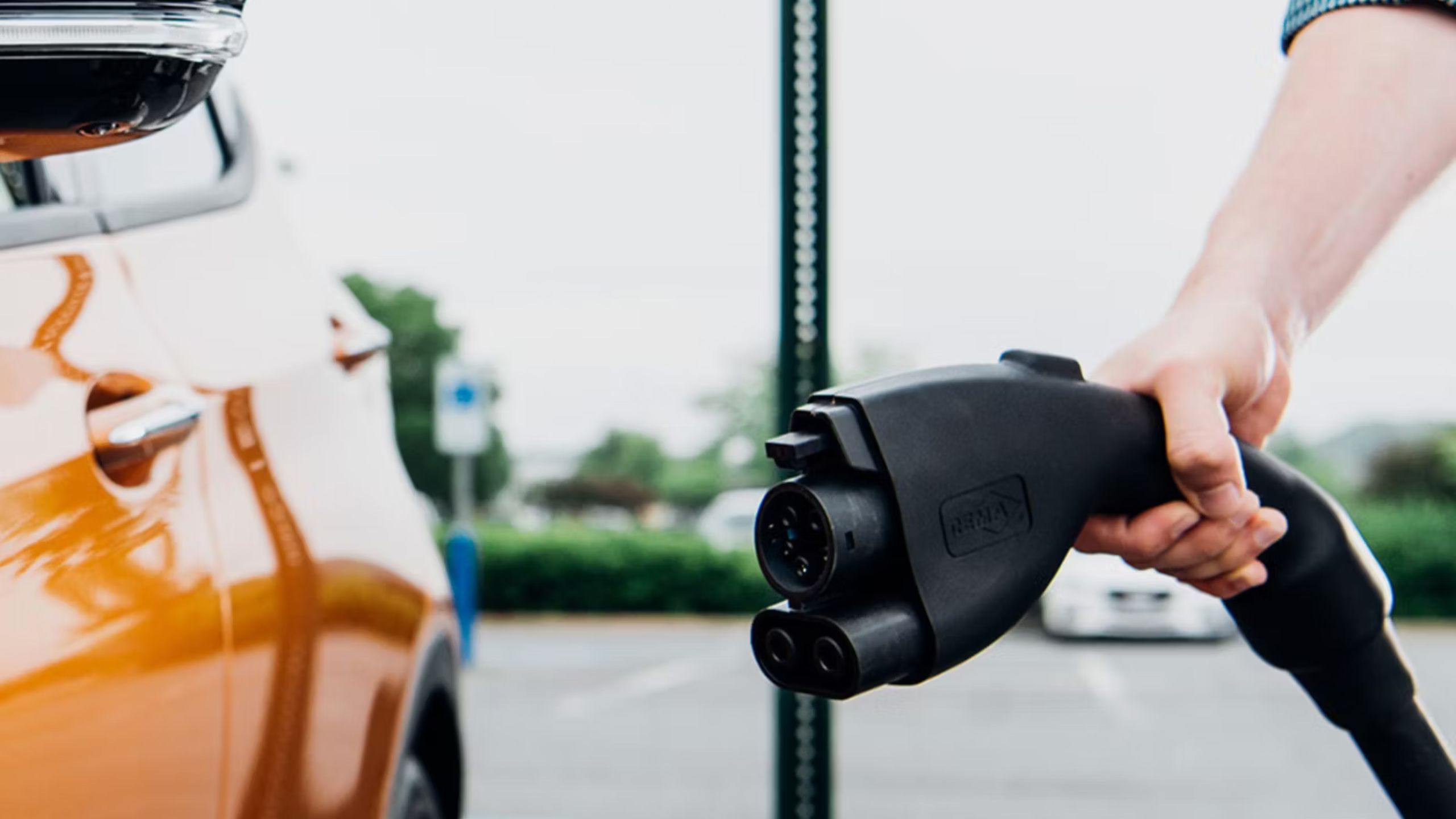Key Takeaways
- NACS or J3400 is becoming the standard charging method for electric vehicles, with major automakers like Ford, Subaru, and Volkswagen Group adopting it.
- Standardization of charging methods is crucial for the development of widespread and accessible charging infrastructure.
- The mass adoption of NACS will benefit the growth of electric vehicles and contribute to environmental sustainability by reducing waste and ensuring safety in charging processes.
In the race to create a mass-market electric vehicle, automakers developed a number of charging standards. Different manufacturers had disparate ideas on the best method to juice up their electric models, and thus the EV charging world was splintered into a mess of adapters and plugs that varied by carmaker. CHAdeMO, J1772, CCS, GB/T — it’s enough to give you a headache.
Best home EV chargers: Convenient at-home charging
Your guide to the best home EV chargers for every budget and make.
Thankfully, the industry is finally moving toward a single standard: North American Charging standard (NACS). Here’s everything you need to know about NACS, and the trend toward its mass adoption for charging electric vehicles.
Humble beginnings
Tesla changed the game with the introduction of its charging standard in 2012. The Tesla plug was sleeker, smaller, and lighter than other chargers on the market at the time. Uniquely, Tesla’s one plug supports not only Level 1 and Level 2 charging, like the kind you’d typically have at home or at public chargers, but also Level 3, offering rapid charging at Tesla’s Superchargers. It was using this charging standard that Tesla built its vast Supercharger network into what it is today, with over 50,000 charging locations around the world.

Tesla models compared: Model S, Model 3, Model X, Model Y, and Cybertruck
Here’s everything you need to know about Tesla Motors, from the Roadster through to the Model Y and Cybertruck.
In late 2022, Tesla renamed its plug to the North American Charging Standard, in what at the time was seen as a last-ditch effort to save the technology from obsolescence should governments begin mandating a single standard. The company also opened up NACS to other auto manufacturers, and one by one some of the largest brands in the world announced plans to adopt the plug, accepting that its more compact frame and existing charging infrastructure would lend to proliferation.
In the summer of 2023, SAE International, one of the automotive industry’s most important standards bodies, officially standardized the NACS connector as J3400. That was an important step towards potential standardization of these connectors overseas.
Ford
Ford leads the charge
The NACS plug and outlet is an elegant solution for charging EVs. It’s single-button mechanism makes it consumer friendly, and it’s five-pin layout supports both AC and DC charging, making it a no-brainer for assembly lines from which cars are shipped all over the globe to nations with varying approaches to electrical infrastructure. It would only be a matter of time before other big automakers took notice. In May 2023, Ford announced that beginning in 2025, all its electric vehicles would ship with the NACS plug type. This marked a huge shift toward the eventual mass adoption of NACS, and was the first major nod to Tesla’s standard.
One by one, automakers began to follow suit. In November 2023, Subaru announced its adoption of the standard, then in December of the same year, one of the largest dominoes fell as the Volkswagen Group announced its intent to use NACS beginning in 2025. In January 2024, Mazda made clear its intentions to also adopt NACS by 2025. In Feb. 2024, one of the last holdouts at the time, Stellantis, capitulated. Stellantis announced that beginning in 2025, every EV under their many brands in North America would adopt the new NACS charging standard. As of the writing of this article, the only major manufacturer that hasn’t caved yet is Mitsubishi, though with the Biden administration publicly supporting the standard in December 2023, it seems inevitable that any brand wanting its EVs to charge with publicly-built infrastructure will fall in line.
Here’s the full list of automakers that have pledged to support NACS:
- BMW Group
- Fisker
- General Motors
- Buick
- Cadillac
- Chevrolet
- GMC
- Honda
- Hyundai
- Jaguar Land Rover
- Lucid Motors
- Mazda
- Mercedes-Benz
- Mercedes-AMG
- Mercedes-Maybach
- Smart
- Nissan
- Polestar
- Rivian
- Subaru
- Stellantis
- Alfa-Romeo
- Chrysler
- Dodge
- Fiat
- Jeep
- Ram
- Toyota
- Volkswagen Group
- Audi
- Bentley
- Bugatti
- Lamborghini
- Porsche
- SEAT
- Škoda
- Volkswagen
- Volvo
What happens next?
Standardization of charging method is a crucial step towards building a publicly available and functioning charging infrastructure across North America. While the Supercharger stations built by Tesla are impressive, they will inevitably have to be opened up to all brands of cars, something that has already begun happening. Between the volume of non-Tesla EVs using Superchargers and the continuing trend of EV adoption, an enormous number of chargers still need to be built to truly support the transition to electric vehicles. The mass adoption of NACS will be a boon to that development.
In 2021, thanks to the passing of the Bipartisan Infrastructure Deal, the US government comitted $7.5 billion in federal subsidies for a nationwide charging network with the lofty goal of building one charger along every 50 miles of America’s major roads and freeways. In response, Tesla made the smart move to open up NACS, cementing the standard’s place in the market.
Electrify America
What about all those other chargers?
Over the past decade, some private companies have tried to build their own EV charging infrastructure. In the US, these were primarily built for non-Tesla vehicles, and originally constructed with J1772 and CCS charging, which at the time were standard on most non-Tesla vehicles. With the adoption of NACS these companies will have no choice but to add compatible plugs to their stations.
FLO, a charging network in Quebec with over 90,000 chargers, announced they will be retrofitting all their chargers to support NACS. Since then, companies like ChargePoint, Electrify America, and Blink Charging have announced the same. In September 2023, Hilton announced that it would install 20,000 NACS chargers at some 2,000 hotels across its portfolio of properties in the US, Canada, and Mexico. The tide is turning quickly toward adoption and soon the NACS will be ubiquitous.

Best EV charging apps: What I use to keep my car powered and ready
As an EV owner, these are the 5 apps that are great for everything from daily use to long road trips.
The future of NACS is bright, and just like audio cables, data transfer cables, and charging cables for all our devices, the world of confusing, varied, and non-cross-compatible EV charging will soon be behind us. Much like the EU had a hand in finally bringing USB-C to the iPhone, the international community will surely favor standardization across the board for charging EV’s.
Not only would this be a more environmentally-friendly approach by reducing waste as consumers bounce around different charging standards, (looking at my office drawer filled with six different types of obsolete connector cables), but it would also provide for standardization in safety when dealing with high-voltage electricity. NACS is clearly the future, and while there may be a transition period of adapters for those with non NACS EV models, it’s practically a foregone conclusion that everyone will eventually get on board.
Trending Products

















